#architectural theory
Text
The intensity of a brief experience, the feeling of being utterly suspended in time, beyond past and future—this belongs to many, perhaps even to all sensations of beauty. Something that has the radiation of beauty strikes a chord in me, and later, when it is over, I say: I was completely at one with myself and the world, at first holding my breath for a brief moment, then utterly absorbed and immersed, filled with wonder, feeling the vibrations, effortlessly excited and calm as well, enthralled by the magic of the appearance that has struck me. Feelings of joy. Happiness. The countenance of a sleeping child, unaware of being watched. Serene, undisturbed beauty. Nothing is mediated. Everything is itself. The flow of time has been halted, experience crystallized into an image whose beauty seems to indicate depth. While the feeling lasts, I have an inkling of the essence of things, of their most universal properties. I now suspect that these lie beyond any categories of thought.
Peter Zumthor, Thinking Architecture
#quote#Peter Zumthor#Zumthor#architecture#Thinking Architecture#architectural theory#beauty#time#psychology#perception#thought#aestheitcs
247 notes
·
View notes
Text

unknown author
22 notes
·
View notes
Photo
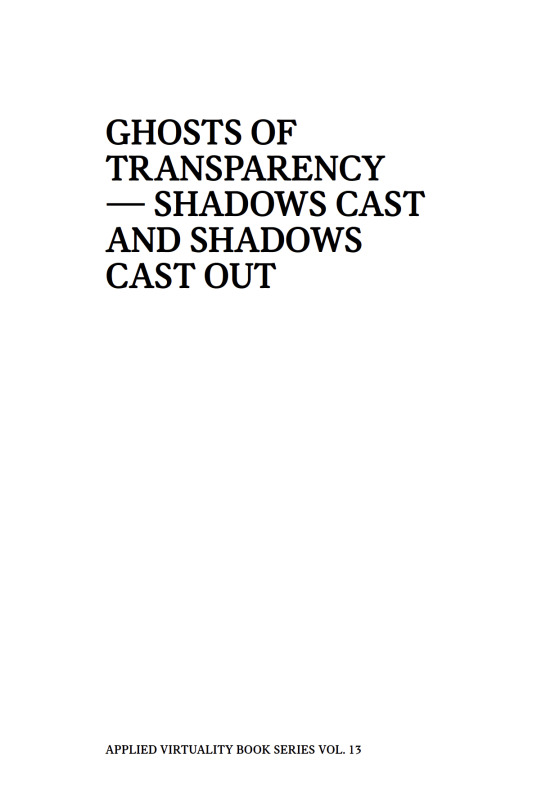
Ghosts of Transparency: Shadows Cast and Shadows Cast Out
Michael R Doyle, Selena Savic, Vera Bühlmann
Information and data are not synonyms: data (etymologically, the ‘given’) has to be treated, articulated, read or deciphered in such a way as to contain information. The sheer amount of data today tends to obscure this important difference between data and information: data is entropic, while information is where this entropy is negated; information is negentropic. An emerging political imperative of ‘transparency’ conflates the abundance of data with an increase in information. Unfortunately, the reverse is often the case: The more ‘data’ is rendered available and passed off as ‘information’ or ‘knowledge’, the more opaque the dealings with ‘information’ become. This is perhaps one of the greatest challenges we face with regard to be- coming literate in the algorithmic and symbolization processes that organize data in our world today—processes we refer to here as ‘ghosts of transparency’. This book is above all about architectonics and communication. What, you may ask, does this have to do with ar- chitecture and urbanism? Data and software are thought to reshape the city, while the word ‘architecture’ refers equally often to buildings and to the organization of computer software and hardware components. With this book, we want to cast a projective space that accommodates various Auseinandersetzungen (settings, or setting ups, articulated dispositions of grounds that are quarrelsome) with implicit and explicit mixtures of these two domains interpenetrating each other. Contributions are short enough to make a point, yet long enough to glimpse the great variety of ‘scales’ of abstractive contemplation that these points index.
Information Technology, Philosophy, Architecture, Architectural Theory
31 notes
·
View notes
Photo

50 years ago, in 1972, Robert Venturi, Steve Izenour and Denise Scott Brown published what would become a hallmark book for postmodern architecture: „Learning from Las Vegas“, a collection of studies of the Las Vegas strip carried out during a Yale research studio course. With its emphasis on the social, economic and cultural dimensions of the city the book quintessentially represented Denise Scott Brown’s approach to urban planning: already during her master studies of city planning at the University of Pennsylvania she got in contact with sociologist Herbert Gans, then teaching at Penn, whose urban sociology Scott Brown adopted. Consequently she intensively exchanged views and ideas with the urban sociologist and vice versa, an exchange that resulted in her multifocal perspective on urban and architectural forms. This is among the many aspects addressed in the recently released anthology „Denise Scott Brown: In Other Eyes - Portraits of an Architect“, edited by Frida Grahn and published by Birkhäuser: the book contains 23 chapters grouped into the sections Learning, Teaching and Designing that provide comprehensive insights into Scott Brown’s intellectual formation, the development of her methods and theoretical concepts through extensive teaching and the subsequent practical work she pursued from the 1970s on. The result is a multifaceted portrait of an architect and theorist whose work and thought finally receives its due appreciation: Denise Scott Brown is a highly original thinker who broke down intellectual and subject-specific barriers for the sake of better planning in terms of both architecture and urbanism. Simultaneously she operated in a society and profession that kept down women, a fact she criticized openly and which is also being addressed in the book.
„Denise Scott Brown: In Other Eyes” is a fabulous anthology and a thought-provoking testament to the ingenuity of an architect and theorist. At the same time the 23 essays, occasionally juxtaposed with personal recollections and perspectives, open up new views on her work that will likely stimulate additional research on DSB. A highly recommended read!
#denise scott brown#architecture book#birkhäuser#architectural theory#architectural history#architecture#usa
25 notes
·
View notes
Text
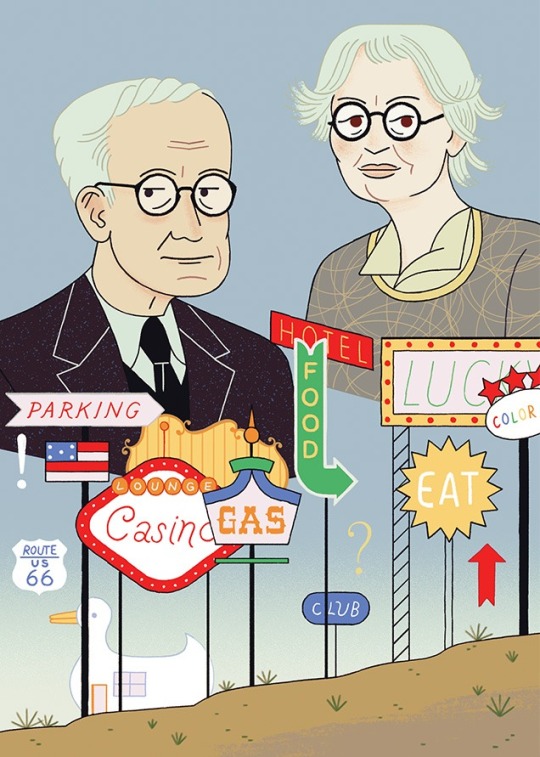
Denise Scott Brown and Robert Venturi (Source: x)
Illustration by Sophia Foster-Dimino
#sophia foster dimono#Denise scott brown#robert venturi#illustration#architecture#the architectural review#architects#architectural theory#postmodern architecture#less is a bore#the strip#learning from las vegas
2 notes
·
View notes
Text
Notes on Style in architecture and philosophy
I have been meaning to continue the blog space of the website with respect to my current research and PhD studies.
So here it is. The topic works between the question of style in architecture and philosophy.
Sharing some ready to hand books I have borrowed from the library.
More on this soon
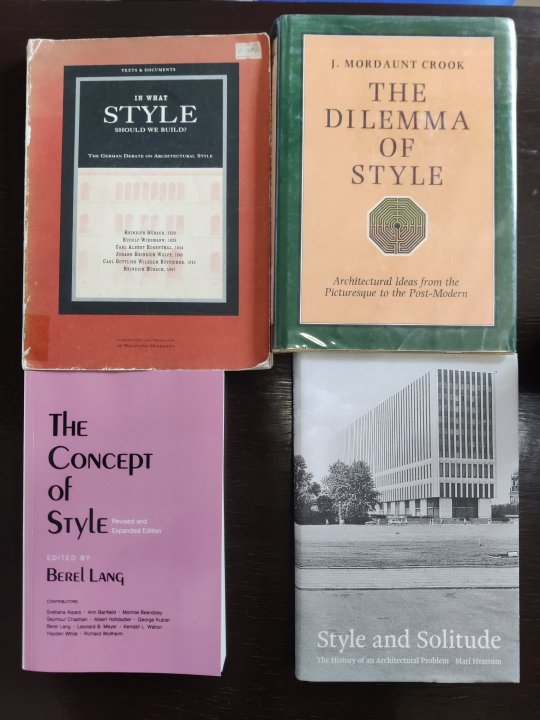
View On WordPress
#objectorientedarchitecture#2023#architectre#architectural theory#architecture#architecture theory#art and architecture#design#EGS#European Graduate School#form#formalism#Graham Harman#Object Oriented Ontology#ooo#Philosophy
0 notes
Text
What is a Rainscreen?
A rainscreen is a type of wall system that has been designed to manage moisture and prevent water from penetrating into the building envelope. The term “rainscreen” describes the way that the system works: rainwater is kept away from the wall’s structural components, while an air gap provides ventilation and allows moisture to evaporate.
Continue reading Untitled

View On WordPress
#architectural design#architectural theory#building technology#construction technology#sustainable building practice#sustainable design
0 notes
Text
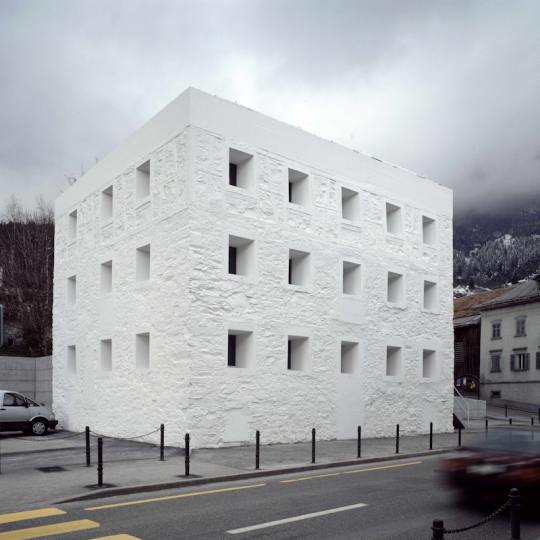
Non - Referential Architecture
Ideated by Valerio Olgiati
Written by Markus Breitschmid
Olgiati's text has the graphic look of a manifesto. The title declares the field of action: Non-Referential Architecture moves along the ridges of the contemporary, sketching a world in which the ideologies of Modern and Postmodern have been lost and therefore, in such a liberated horizon, the architectural project assumes the right-duty of being a generator of form and producer of meaning.
The text is addressed, as written in the preface, to those who do architecture: the type of architect the reader will find in these pages, that is, a figure who operates successfully in our non-referential world, is current and progressive, as mentor and directive mind of a team.
But it is in the central part that Olgiati-Breitschhmid's theory emerges strongly.
The Principles of Non-Referential Architecture are 7:
Experience of Space: That an architect knows what kind of space he wants to design is also important for the creative process
Oneness: Today every building exists for itself
Newness: Today more than ever, a building must be able to exist independently, and this requires the presence of a certain newness. It is through this novelty that it becomes free and independent. It is through this newness that it engages people
Construction: Buildings benefit from being made of a single material, because then they reveal their formal intention without the possibility of misunderstanding
Contradiction: Contradictions stimulate people by making them creative. We can also say that a contradiction is a compositional strategy
Order: The idea of a building is first of all articulated by an ordering system
Sensemaking: A building is not the mechanical application of an abstract order, but a sense-producing formulation
Finally on the role of the architect: The sleuth who tries to discover how the world works. For a building to be a cultural and social work, it is necessary to have an architect who brings together the different spheres: intellectual, spiritual, speculative and creative-synthetic.
1 note
·
View note
Text
Zwischen den Häusern
Efraim Franz Wagner
1. Mai 2018: heute fällt mir mein Freund Efraim ein.
° Efraim ging in Frankfurt am Main zur Schule, wurde von den Nazis ins KZ Buchenwald verschleppt, überlebte G`tt sei Dank und hielt an einem 27. Januar im 20. Jahrhundert eine vielbeachtete Rede in Weimar. 1992. Das war ein Jahr nach einem Stückchen Aufklärung im Fernsehen. Auch der damalige OB Weimar sprach. Kaum viel…

View On WordPress
0 notes
Text

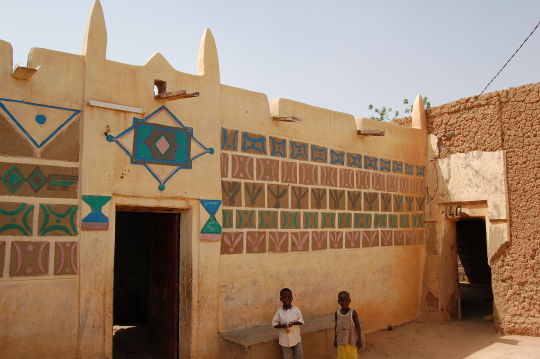
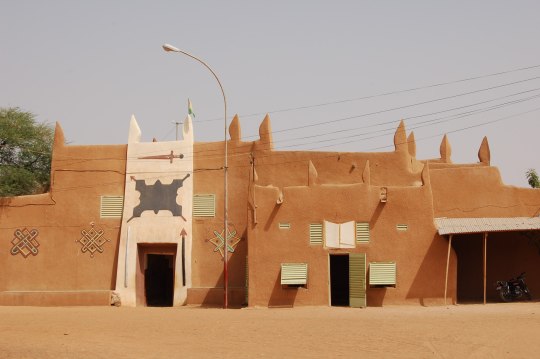
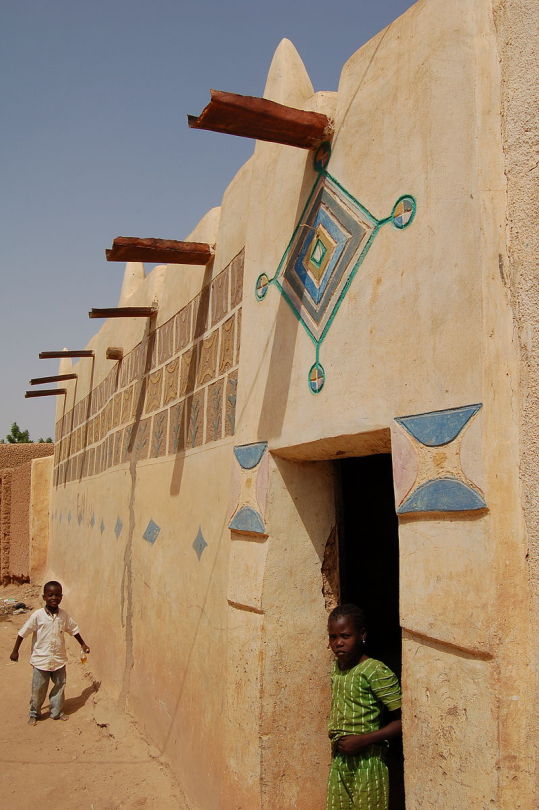
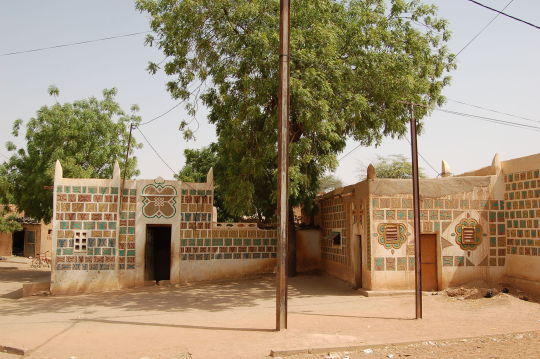
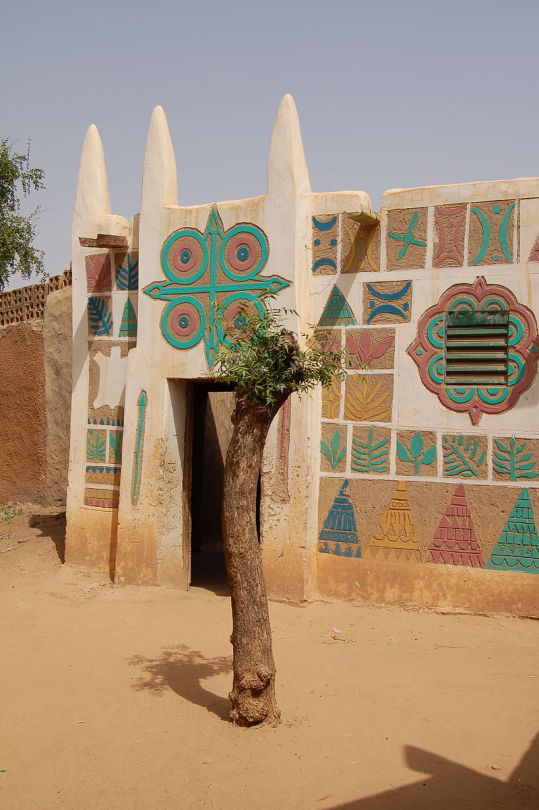
some of the architecture of zinder, niger. zinder rose from a small hausa village into an important center of trans-saharan trade during the 18th century, culmunating in it becoming the capital of the sultanate of damagaram in 1736.
#niger#hausa#architecture#my posts#in case you didn't know: hausa is a part of the afroasiatic language family (same family semitic langs are in)#there's a lot of theories about how exactly afroasiatic speakers spread & there isn't a consistent cultural/migration pattern#like w/ indo-euro languages#but hasua is probably to arabic/hebrew/syriac what english is to bengali or assamese (except even less similar)#i can pick out some hausa words myself ('sama' is 'heaven') but tbh im not sure how many are loadwords from arabic (since they use#'dunya' for 'world' for example). most hausa are muslim so itd make sense if they took some arabic words
590 notes
·
View notes
Photo

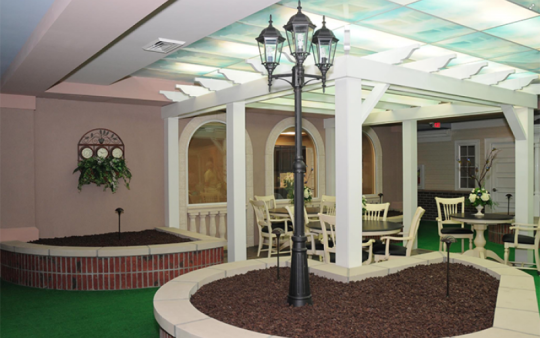




Nursing Home Looks Normal On Outside – Inside Is Designed To Be A Familiar 1940s Neighborhood. The Lantern of Chagrin Valley, located in Chagrin Falls, Ohio is one and only of three astounding offices designed specifically for Alzheimer's and dementia patients.
#the lantern of chagrin valley#lantern of chagrin valley#liminal#liminalcore#liminal space#liminal spaces#liminal reality#liminality#liminal aesthetic#liminal photography#liminal art#liminal architecture#simulation#simulation theory#liminal rooms#backrooms#the backrooms
765 notes
·
View notes
Quote
Touch is the sensory mode which integrates our experiences of the world and of ourselves. Even visual perceptions are fused and integrated into the haptic continuum of the self; my body remembers who I am and how I am located in the world. My body is truly the navel of my world, not in the sense of the viewing point of the central perspective, but as the very locus of reference, memory, imagination and integration. All the senses, including vision, are extensions of the tactile sense; the senses are specialisations of skin tissue, and all sensory experiences are modes of touching, and thus related to tactility. Our contact with the world takes place at the boundary line of the self through specialised parts of our enveloping membrane.
Juhani Pallasmaa, The Eyes of the Skin: Architecture and the Senses
#quote#Juhani Pallasmaa#Pallasmaa#architecture#architectural theory#physiology#sense perception#perception#imagination#human body#sensory#experience#The Eyes of the Skin#memory#biology#observation#seeing#haptic#touch
179 notes
·
View notes
Photo
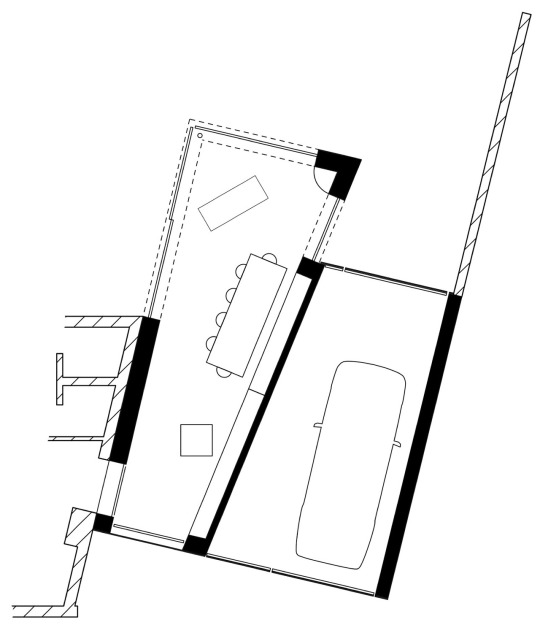
unknown author
weird but makes sense
20 notes
·
View notes
Text

Colour theory II · ADAC, Munich
105 notes
·
View notes
Photo

Books on Le Corbusier easily fill shelf meter over shelf meter: monographs, studies of individual buildings, biographies or the legendary 8 volume work catalogue all contribute to a deeper understanding of one of the 20th century’s greatest architects. In view of this flood of literature it might come as a surprise that a rather small book, first published in 1968, still remains one of the best introductions to the multifaceted oeuvre of Le Corbusier: Stanislaus von Moos’ „Le Corbusier. Elements of a Synthesis“, in its most current and expanded edition published by Uitgeverij010 in 2009. In six individual essays von Moos approaches Le Corbusier’s massive work in a very clear fashion: starting with his early Swiss phase the author in the subsequent chapters deals with LC’s purist phase and the Esprit Nouveau, the development of his architectural language, his urbanism, monumental architecture and the concluding chapter on how the elements of a synthesis. For the latest edition von Moos supplemented each chapter with additional footnotes and a postscript that reflects the preceding findings in today’s light.
What makes the book a timeless piece of research is the clarity of its explanations combined with a lucid style of writing that very comprehensibly follows Le Corbusier’s intellectual development and how it was reflected by his architecture. By including his work as a painter and urbanist von Moos also reflects the indivisibility of each aspect of his oeuvre, a foresighted approach that again contributes to the book’s timelessness. A highly recommended read even for those already familiar with Le Corbusier.
32 notes
·
View notes
Link
Faced with the threat of invaders, Ikaria residents adopted an audacious strategy: moving their homes into the mountains so that the island would appear abandoned from the sea. "Anti-pirate houses" are squat, stone-built dwellings that blend into Ikaria's landscape.
(The history of Ikaria is fascinating, so I’m gonna add some notes)
the sea was both Ikaria's blessing and curse. It allowed the island to spread its reputation for its excellent – and potent – Pramnian wine, and trade its prized product across ancient Greece, along with olives and honey. But the sea also brought pirates, lured by the island's highly regarded produce and the prosperity it brought.
Ikaria never had a reputation of prosperity, on the contrary it had a reputation of poverty. It had olives and wine? Congratulations, so did literally everyone else. What it didn’t have was a good natural harbour, which put it at an immediate disadvantage against all its neighbours, who had olives and wine AND a bunch of other products AND a harbour. Most notably Rhodes, which was right next door and rich as fuck. In the antiquity, the main reason to go to Ikaria was its hot springs, some temples, and not much else.
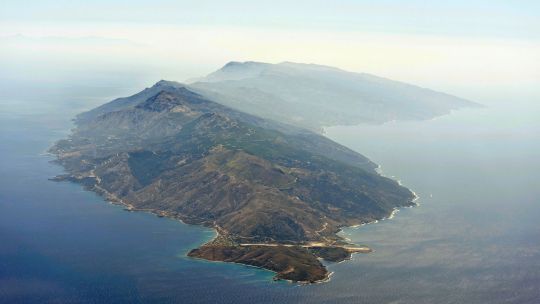
Ikaria was not unique within Greece in being beleaguered by pirates, but it suffered the additional complication of a revolving door of rulers. The Persian Empire, the Delian League association of Greek city states, the Romans, the Byzantine Empire, the Republic of Genoa and the Knights of St John all exercised varying degrees of influence over Ikaria between 500 BCE and 1521 CE, at which point Ikaria fell firmly into the Ottoman Empire, where it would remain for more than three centuries.
“Revolving door of rulers” is a pretty standard situation in the Mediterranean. Even before Ottoman rule, Ikaria develops a reputation of extreme poverty, and a culture of being poor – and yet self-sufficient. Ikarians might refuse luxuries even when they were offered to them. There were stories of travelers who’d insist on sleeping on the floor and subsisting on next to nothing (“ah yes, he’s Ikarian; they’re weird over there”). “Poor like an Ikarian” became an idiom. The Knights of St John at some point gained sovereignty over Ikaria by treaty, and didn’t even bother to send anyone to collect taxes. They were like bah, never mind, they got no money there. In fact, for a span there was no currency left on the island, people traded a few goods with the outside world via good old barter, and would just... sort it out among themselves, sharing produce and labour. It was kind of a commune. Kind of. (There were still elders in charge; can’t get rid of the damn elders).
There’s a local legend that perfectly illustrates this communal spirit: “Once the Ottoman tax-collector came to Ikaria, and ordered four local lads to carry him on a litter up to the mountain villages, where not even mules could tread. When they were far in the wilderness, the four lads chucked him off a cliff and killed him. The agha, the local lord, found out about the killing and ordered all Ikarians in the town to stand before him. “Who did this dreadful deed?” he asked them. And the Ikarians took a step forward, and said in one voice “All of us, my lord”. The agha was impressed, and extracted only minimal compensation from the town.”
Now, this literal “I am Spartacus!” moment is not history, it’s just a story, but it’s telling because it shows what image Ikarians had for themselves, what they aspired to be. And it’s different. Any other place in the vicinity would tell the legend of a heroic individual heroically defying the authorities all by his heroic lonesome, and here come these weird dirt-poor Ikarians and just go “all of us”. [See also Fuenteovejuna, a 1619 play by Lope de Vega, with a remarkably similar plot: the village of Fuenteovejuna in Castille is horribly oppressed by its landlord, a vile and sadistic Knight, until he gets murdered. When the crown investigates, all the peasants report that the culprit was "Fuente Ovejuna", the village itself. Realising that no one will confess and no one will inform, even under torture, and also that the fucker deserved it, the magistrate closes the investigation.]
In any case, Ikaria had neither taxes nor a strategic or geopolitical advantage to offer to states, which is why nobody bothered to take the island back after the Ottomans got hold of it, and some ignored it even when they had it. But for pirates, it was a target as much as any other place. Pirates grabbed people.

But due to its geography, the island was always an outpost of whichever territory it was within, and regular periods of instability, along with inadequately policed coastlines, allowed piracy to flourish.
While piracy was first reported on Ikaria in the 1st Century BCE, it became a more-or-less unchecked threat during Roman rule (late 3rd Century BCE to 5th Century CE) and Byzantine rule (5th to 12th Centuries CE). Then, after the arrival of the Genoese in the 14th Century, Ikarians resorted to destroying their own ports to deter invaders. Even this act was not enough.
The Romans did get rid of piracy for a hot second (i.e. they kept it all to themselves), but it didn’t last.
Lacking resources to repel their aggressors, islanders decided to call their bluff. They withdrew deep into their mountainous interior, going to every possible length to convince anyone sailing past that Ikaria was deserted by building communities that were ostensibly invisible – at least, in the days before electricity. It was this elaborate and audacious disappearing act, pulled off by islanders for several centuries, that I'd come to learn more about.
For comparison, what most islands did to fend off pirates was to retreat inland, move the main town / administrative centre from its natural location at the harbour to the top of whatever hill or mountain they had, and build a fort in it, with walls and iron gates.



The castle-village of Mesta, on the island of Chios, built in the ~12th c. to defend the locals from pirates. A bit later the Genoans fortified it further. Walls and turrets outside, and inside a labyrinth of narrow streets, stone buildings, and arches that connected second stories so that people could flee from one house to the other, or rush to each other’s defence. It was worth the expense for the Genoans, as the region produced mastic and brought in a lot of money. Ikaria was not so fortunate.
The idea was to be high enough to see ships coming and pirates landing, ring bells and/or light fires to let the population know, put everyone inside the gates, leave fields and animals and whatever valuables left outside undefended, and save the people. Because what pirates were mostly after was people.
the types of homes the retreating islanders decided to build in Ikaria [are] commonly known as "anti-pirate houses".

"Anti-pirate houses" are squat, stone-built dwellings that blend into Ikaria's landscape
These squat, stone-built dwellings incorporated natural features of the landscape, such as rocks, cliff overhangs and thickets. Boulders, which were strewn over the high mountain slopes, often formed much of the walls and ceiling, while dry-stone walls made up the other walls. Living arrangements were simple – houses had little more than a door and a hearth, as islanders would spend the majority of their time outdoors.
Ikarians were building homes designed to be seen by no-one, and to do it they had to go high up into the wilderness where they could not be observed from sea. There would have been many occasions from Roman times onward when they would have temporarily hidden in the mountains from invaders, so the possibility of doing so was always in their minds, if it were needed."
It was the incorporation of Ikaria into the Ottoman Empire that persuaded Ikarians to completely decamp from the coast to the crags. The Ottomans proceeded to rule Ikaria laxly, allowing buccaneering to run rife as a means of disrupting and discouraging sea trade from other states.
Oh the ball had been lost long before the Ottomans came along. That said, they didn’t help.
The choices facing Ikarians under such threat were limited: fight, with scant means at their disposal, to their probable deaths; vacate the island for safer shores; or seek sanctuary in the safety of the mountains.
This time, however, it would be a long-term move. Islanders would conceal their society in the rocky upper reaches of Ikaria's Aetheras range for the next 300 years. This period was dubbed the "piratiki epochi" (pirate era), with the early years tellingly known as the "century of obscurity".
One theory is that Ikarians did vacate the island for safer shores, hence the century of obscurity. Small islands got depopulated and repopulated all the time (and often served as pirate hideouts when deserted by inhabitants). The other theory is that the Ikarians just hid so damn well, and they might have! That reputation and culture of extreme poverty must have come out an extreme situation.
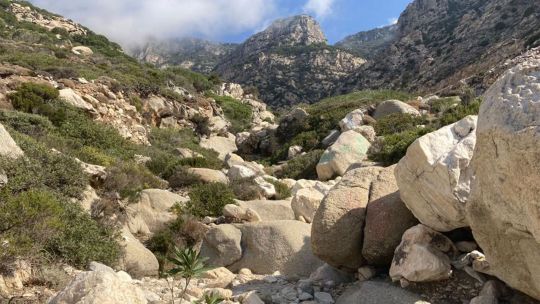

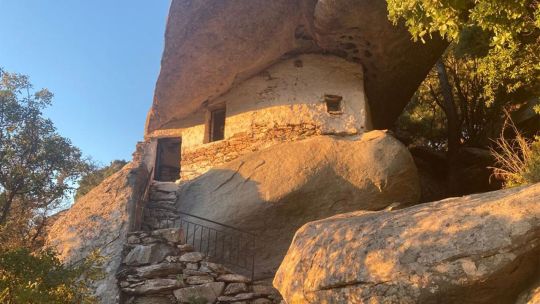
[Aaaand this is where I ran out of steam. Go read the rest of the article!]
78 notes
·
View notes